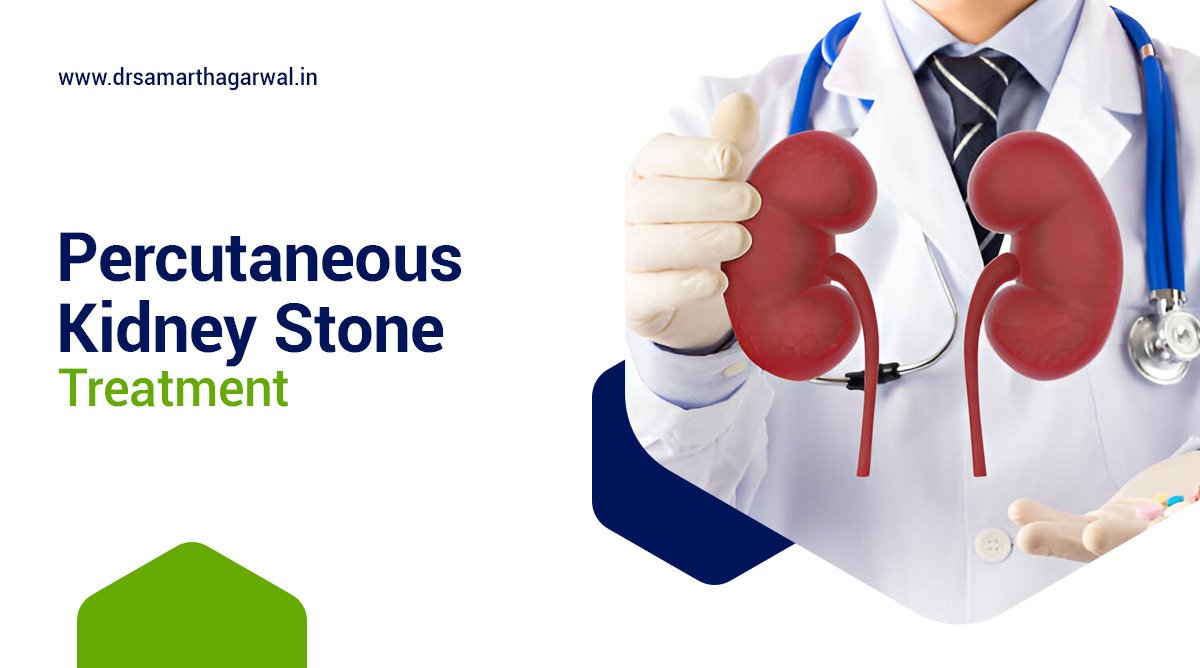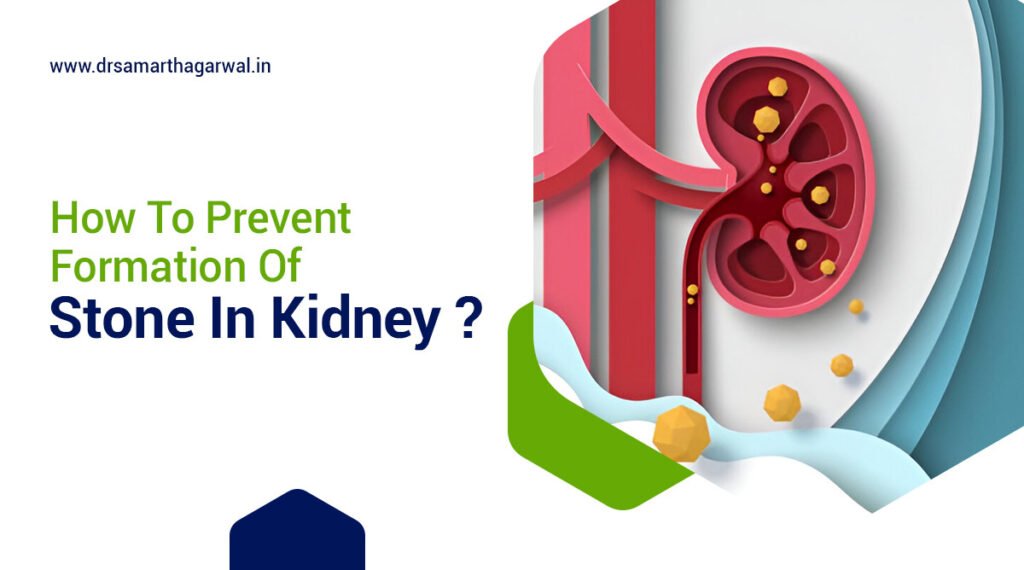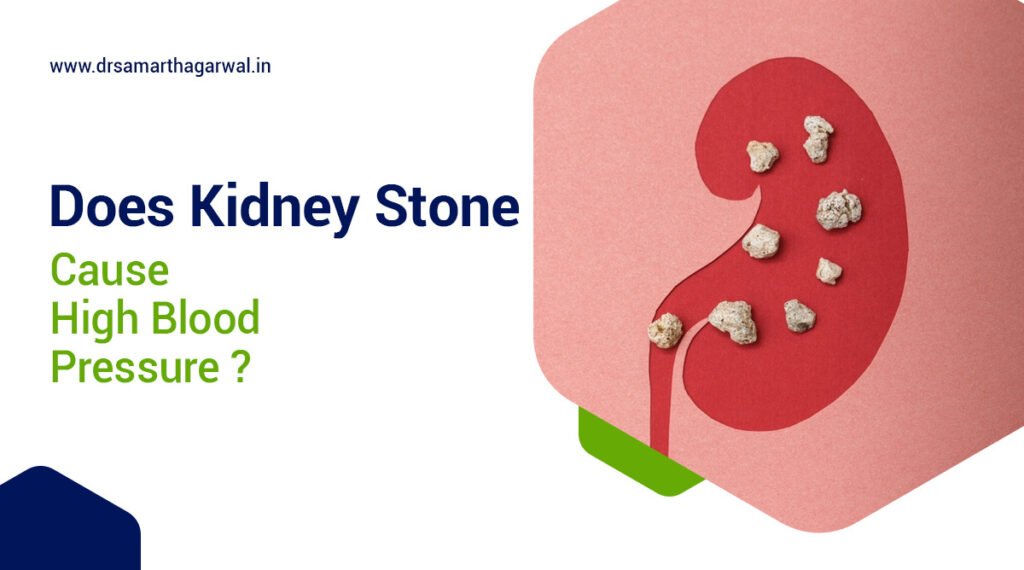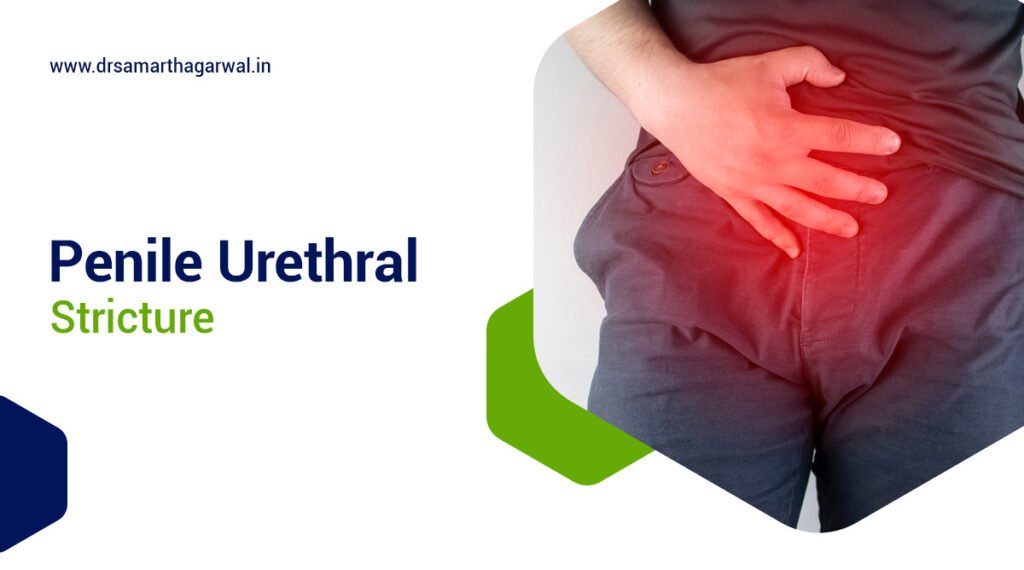Kidney stones can be a painful and debilitating condition, but advancements in medical treatments offer effective solutions.
One option is percutaneous kidney stone treatment, a minimally invasive procedure designed to tackle even large or complicated stones.
This article explores what kidney stones are, how the surgical procedure is performed, its benefits, risks, and the role of healthcare providers in managing the treatment, as well as how to prepare for it.
By understanding this treatment and the assistance from healthcare providers, you can make informed decisions about your kidney health.
The success rate of percutaneous nephrolithotomy (PCNL) in renal stone treatment, as reported by Joshi et al. in the study “Complications and Success Rate of Percutaneous Nephrolithotomy in Renal Stone: A Descriptive Cross-sectional Study” published in 2019, varies depending on the stone size and location. The success rates of stone clearance were 97.8%, 95.3%, 80%, and 50% for stones with Guy’s stone score 1, 2, 3, and 4, respectively. The study was conducted at Kathmandu Medical College and Teaching Hospital, Nepal, and included 114 patients who underwent PCNL from September 2016 to December 2018.
What is Percutaneous Kidney Stone Treatment?
Percutaneous kidney stone treatment, commonly known as percutaneous nephrolithotomy (PCNL), is a minimally invasive surgical procedure designed to remove kidney stones effectively. This sophisticated technique involves the use of a nephroscope and is typically performed by a skilled urologist in a medical center. By utilizing this method, patients can experience reduced recovery times and fewer complications compared to traditional surgical approaches. This guide will delve into the intricacies of this treatment, highlighting its steps, anesthesia options, risks, and the anticipated outcomes associated with kidney stone removal.
What are Kidney Stones?
Kidney stones are hard deposits formed from minerals and salts that crystallize in the urinary tract, often requiring removal of stones to alleviate significant discomfort and potential health complications.
Understanding the different types of kidney stones can aid in effective prevention and treatment. These stones can be classified into various categories based on their composition, with the most common being calcium oxalate, uric acid, struvite, and cystine stones. Each type has specific characteristics that determine their formation, symptoms, and the potential challenges they pose to the urinary system.
- Calcium oxalate stones: Often caused by high dietary oxalate intake or metabolic disorders.
- Uric acid stones: Linked to high protein diets and dehydration.
- Struvite stones: Typically occur after urinary tract infections.
- Cystine stones: Result from a hereditary disorder.
Common symptoms of kidney stones include severe pain, blood in urine, and frequent urination. Diagnosing these stones effectively is crucial and often involves imaging techniques like CT scans and urinalysis, allowing healthcare providers to determine their size and location, thus facilitating appropriate treatment.
How is Percutaneous Kidney Stone Treatment Performed?
The procedure for percutaneous kidney stone treatment involves multiple steps that ensure effective removal of stones using advanced technology. Initially, the patient is placed under anesthesia to ensure comfort, and a small incision is made in the skin to access the kidney. A nephroscope is then inserted through this incision, allowing the urologist to locate and evaluate the kidney stones. Depending on the size and composition of the stones, various techniques, such as laser ureteroscopy or shock wave lithotripsy, may be employed for effective removal. Additionally, a drainage tube may be placed to facilitate urine drainage post-procedure.
What are the Steps of the Procedure?
The steps of the percutaneous kidney stone treatment procedure include patient preparation, incision, nephroscope insertion, stone removal, and postoperative care.
Initially, thorough patient preparation is essential to ensure a smooth experience throughout the procedure. This may involve a comprehensive assessment of medical history, the administration of anesthesia, and a discussion about the process with the patient.
Once the patient is adequately prepped, a precise incision is made for access. The nephroscope, a specialized instrument, is then gently inserted through this incision. It plays a crucial role, allowing the surgeon to visualize and effectively remove kidney stones.
- Next, stones are fragmented and extracted using tools guided by the nephroscope.
- The postoperative care is vital for ensuring a swift recovery, including monitoring vital signs and managing pain.
It’s also essential to provide guidance on follow-up care and lifestyle changes to prevent future occurrences, solidifying the patient’s understanding and commitment to their long-term health.
What Type of Anesthesia is Used?
Various types of anesthesia can be utilized during percutaneous kidney stone treatment, depending on the patient’s health and the complexity of the procedure.
The selection of anesthesia significantly influences the patient’s experience and comfort throughout the treatment.
- General anesthesia is typically used for more complex cases, as it ensures that the patient remains fully unconscious and pain-free during the procedure.
- In contrast, local anesthesia may be sufficient for less invasive interventions, allowing the patient to stay awake but free of discomfort.
Regardless of the anesthesia choice, healthcare providers play a crucial role in ensuring patient safety. They closely monitor vital signs, adjusting anesthesia levels as needed, and may administer IV fluids to maintain hydration.
Antibiotics might be given to prevent infection, highlighting the comprehensive approach needed for optimal outcomes in kidney stone treatments, often conducted in renowned medical centers in Siliguri under the supervision of Dr. Samarth Agarwal.
What are the Benefits of Percutaneous Kidney Stone Treatment?
Percutaneous kidney stone treatment offers numerous benefits that make it a preferred choice for patients suffering from kidney stones. One significant advantage is its minimally invasive nature, which reduces the need for larger incisions, subsequently leading to lesser postoperative pain and shorter recovery times. This surgical procedure is particularly effective for large or complicated kidney stones, allowing for the efficient removal of stones while minimizing risks associated with traditional methods. Additionally, patients can expect a quicker return to normal activities, making this treatment a highly favorable option within the healthcare sector.
Effective for Large or Complicated Kidney Stones
One of the primary benefits of percutaneous nephrolithotomy (PCNL) is its effectiveness for large or complicated kidney stones, which may not be manageable through less invasive treatments, paving the way for more successful outcomes in patients who face significant discomfort and health risks due to their condition.
This surgical approach not only minimizes recovery time but also enhances the patient’s quality of life.
For instance, recent studies have shown that PCNL can achieve stone-free rates exceeding 80% for stones larger than 2 cm.
- In one case study involving 100 patients, the success rate for complete stone removal was reported at 85%.
- Complications were minimal, occurring in less than 10% of cases, which illustrates the procedure’s efficiency.
By specifically targeting the challenges posed by larger stones, PCNL has become a go-to option for urologists, leading to better overall outcomes and fewer repeat procedures.
Minimally Invasive
The minimally invasive nature of percutaneous kidney stone treatment allows for quicker surgical recovery and less discomfort compared to traditional open surgery.
This innovative approach not only minimizes the physical trauma associated with larger incisions but also significantly reduces the risk of complications.
Patients benefit from less pain during and after the procedure, which often leads to lower reliance on pain medication. Scarring is minimal, making recovery not just faster but also more aesthetically pleasing.
Importantly, these benefits translate into shorter hospital stays and a quicker return to daily activities. According to recent studies, most individuals experience a notable improvement in their quality of life within days rather than weeks, ensuring that the focus remains on their health and well-being rather than prolonged recovery discomfort.
Short Recovery Time
Patients undergoing percutaneous kidney stone treatment typically experience a short recovery time, allowing them to return to their daily activities sooner.
This expedited recovery can greatly enhance their overall well-being, minimizing downtime and enabling them to swiftly re-engage with work and family. While the initial healing period might be brief, postoperative care plays a crucial role in mitigating potential complications. Adhering to medical advice, such as taking prescribed medications and attending follow-up appointments, is vital.
- Regular monitoring of vital signs
- Hydration and diet adjustments
- Awareness of troubling symptoms
Through diligent health monitoring, patients can identify and address any emerging issues promptly, ensuring a smoother journey toward full recovery. By prioritizing these aspects, they pave the way for a successful transition back to their normal lifestyle.
What are the Risks and Complications of Percutaneous Kidney Stone Treatment?
Like all surgical procedures, percutaneous kidney stone treatment carries certain risks and potential complications that patients should be aware of.
Bleeding
Bleeding is a potential complication of percutaneous nephrolithotomy (PCNL) that may occur during or after the surgical procedure. It can stem from various factors such as tissue injury, vessel damage, or even the manipulation of instruments in delicate areas of the body, underscoring the importance of awareness of surgery risks and complications.
It’s essential for medical professionals to be vigilant and employ several techniques to control bleeding during the procedure.
- Electrocautery is commonly used to coagulate blood vessels and minimize hemorrhage.
- Direct pressure may also help to stabilize any bleeding areas until further interventions can be applied.
When bleeding occurs postoperatively, it’s crucial for the healthcare team to monitor the patient’s vital signs closely. If bleeding is significant, this might lead to complications such as hematoma formation or even a risk of shock.
Therefore, timely intervention and effective communication among the surgical team are vital to ensure positive outcomes and efficient patient recovery.
Infection
Infection is another significant risk associated with percutaneous kidney stone treatment, necessitating careful monitoring and preventive measures.
After undergoing such a procedure, the risk of infection can increase due to potential exposure during the surgical process and the subsequent healing phase. To combat this, healthcare providers often prescribe antibiotics as a preventive measure, thereby reducing the likelihood of bacterial growth and ensuring a smoother recovery.
Patients should be vigilant in observing any signs that may indicate an infection, such as:
- Fever or chills
- Increased redness or swelling around the incision site
- Persistent pain or unusual drainage from the wound
- Nausea or vomiting
By recognizing these symptoms early, individuals can seek timely medical intervention, which is crucial in minimizing complications associated with post-surgical infections.
Damage to Surrounding Tissues or Organs
Damage to surrounding tissues or organs is a rare but serious complication that can arise during percutaneous kidney stone treatment.
This concern typically revolves around the potential impact on vital structures such as blood vessels, ureters, or the intestines, which can lead to significant complications if not managed properly. Understanding the dangers of collateral damage is crucial for both patients and healthcare providers alike.
- Potential Causes: Improper use of a nephrostomy tube or ureteral stent adjustment.
- Improper entry point during the procedure.
- Inadequate imaging guidance.
- Patient anatomy variabilities.
To mitigate these risks, healthcare providers utilize a combination of meticulous surgical techniques and advanced imaging technologies to ensure precision. This includes pre-operative assessments, in-depth planning, and the use of minimally invasive tools that collectively enhance safety and efficacy while addressing the issue of kidney stones.
Blockage of Urinary Tract
A blockage of the urinary tract can occur as a complication after percutaneous kidney stone treatment, potentially requiring further intervention. This complication may arise from various mechanisms, such as swelling at the surgical site, the presence of blood clots, or the displacement of kidney stones that were not completely removed during the procedure.
To address these complications effectively, healthcare providers often utilize ureteral stents. These stents serve as temporary bypasses, facilitating urine flow from the kidneys to the bladder and mitigating the risk of serious complications, such as hydronephrosis or renal damage.
In some cases, patients may experience discomfort or infection related to the stenting procedure. Therefore, regular monitoring is essential. Complications from stents can be managed through:
- Routine imaging to assess the position and effectiveness of the stent
- Medicinal management of any infections or adverse reactions
- Potential removal or replacement of the stent when necessary
Ultimately, a proactive approach to monitoring and treatment can significantly enhance outcomes in the management of urinary tract blockages post-surgery.
How to Prepare for Percutaneous Kidney Stone Treatment?
Proper preparation for percutaneous kidney stone treatment is crucial in ensuring a successful surgical outcome and minimizing risks. It begins with a thorough review of the patient’s medical history and a physical examination conducted by the healthcare provider, followed by necessary medication adjustments to ensure safety during and after the procedure. Patients may also be instructed to fast for a defined period prior to surgery, allowing for clearer surgical access and reducing the risk of complications.
Medical History and Physical Exam
A comprehensive medical history and physical exam are fundamental steps in preparing for percutaneous kidney stone treatment.
During this review, healthcare providers typically collect a variety of information, including the patient’s past medical conditions, current medications, allergies, and lifestyle factors such as diet and hydration habits. This thorough collection of data is crucial as it helps in identifying any underlying health conditions that might complicate the procedure. For instance, a history of kidney disease or specific allergies can significantly influence treatment decisions and protocols.
- Recognizing chronic illnesses can lead to tailored treatment plans.
- Understanding medication interactions ensures patient safety.
- Identifying lifestyle factors may prompt necessary changes pre-and post-procedure.
Ultimately, this comprehensive approach not only enhances the efficacy of the treatment but also prioritizes patient safety.
Medication Adjustments
Adjustments to current medications may be necessary before undergoing percutaneous kidney stone treatment to ensure patient safety and optimize surgical outcomes.
In the days leading up to the procedure, it is essential for the healthcare provider to carefully evaluate the list of medications that the patient is taking. Certain drugs, such as anticoagulants and antiplatelet agents, may need to be paused to reduce the risk of bleeding during and after surgery. Anti-inflammatory medications should be reviewed, as they can impact kidney function and recovery time.
The healthcare provider plays a critical role in communicating these changes and ensuring that the patient understands the reasons behind them. This includes discussing potential alternatives that could be safely utilized in the interim. By managing these medication adjustments carefully, the team can significantly minimize surgery risks, contributing to a smoother procedure and quicker recovery.
- Common medications requiring adjustment:
- Anticoagulants
- Antiplatelet agents
- Non-steroidal anti-inflammatory drugs (NSAIDs)
Collaboration between the patient and provider is vital to navigate this process effectively, paving the way for successful surgical outcomes.
Fasting Before the Procedure
Fasting before the procedure is a standard requirement for patients undergoing percutaneous kidney stone treatment, aimed at reducing the risk of complications during surgery.
This precaution serves several critical purposes. First and foremost, adhering to fasting guidelines helps minimize the chances of aspiration, where stomach contents might accidentally enter the lungs, a serious concern when anesthesia is involved.
Typically, the fasting period lasts around eight hours prior to the procedure, ensuring that the stomach is empty. This is particularly important because it allows the medical team to perform the surgery safely without even a hint of distress for the patient.
Maintaining this fasting guideline can significantly contribute to a smoother surgical experience. By preventing nausea and other gastrointestinal issues, patients often find their recovery process more comfortable and efficient.
Ultimately, following these recommendations not only safeguards health but also promotes a positive outcome during what can be a stressful time.
What to Expect During and After Percutaneous Kidney Stone Treatment?
Understanding what to expect during and after percutaneous kidney stone treatment can help alleviate anxiety and prepare patients for their recovery journey. During the procedure, patients will be under anesthesia and closely monitored by healthcare providers. After the procedure, patients may experience some discomfort and will need to follow specific guidelines for recovery. Follow-up care is essential to ensure proper healing and to monitor for any complications that may arise after the surgery.
During the Procedure
During the procedure, the patient is placed under anesthesia, and the nephroscope is carefully inserted through a small incision to access the kidney.
As the procedure progresses, the patient typically remains unaware of the surgery occurring, thanks to the effects of the anesthesia that induce a deep state of relaxation. Faint sensations may occasionally emerge, creating a sensation of pressure or movement. These feelings are completely normal, and the healthcare team is trained to monitor the patient’s response closely throughout this process.
In this context, the role of the healthcare team becomes crucial in ensuring a safe experience:
- Continuous monitoring of vital signs helps detect any changes quickly.
- The anesthesiologist remains alert, adjusting medication levels to enhance comfort.
- Surgeons and nurses communicate effectively to provide reassurance and address any concerns.
Such thorough attention not only enhances the patient’s comfort but also ensures the overall success of the surgery.
After the Procedure
After the procedure, patients typically experience some recovery time during which they will be monitored for any complications or discomfort.
This recovery phase is crucial, as it allows healthcare professionals, such as Urologist Dr. Agarwal, to ensure that vital signs remain stable and that no adverse reactions occur. Patients can expect mild to moderate discomfort during this period, which may be alleviated with prescribed medications or IV fluids.
- Following the procedure, it’s essential to watch for signs such as unusual swelling, persistent pain, or fever. A CT scan may be used to detect complications.
- Any instructions provided by medical staff should be carefully adhered to, as this can significantly aid in the recovery process.
- Keeping follow-up appointments is equally important, as this allows healthcare providers to monitor healing and address concerns timely.
Understanding postoperative care can greatly enhance recovery outcomes and ensure a smoother transition back to daily activities.
Recovery and Follow-up Care
Recovery and follow-up care are critical components of the overall success of percutaneous kidney stone treatment, ensuring that patients heal properly and monitor for any complications, ultimately leading to a smoother transition back to daily activities and an enhanced quality of life.
During the recovery phase, it’s essential to pay close attention to the devices that may have been inserted, such as ureteral stents, as part of the PCNL (Percutaneous Nephrolithotripsy) process. These devices are crucial for guiding urine flow and can help alleviate pressure on the kidneys following the procedure. It’s important that patients understand that these stents may need to be removed in a subsequent visit.
Patients should also prioritize follow-up appointments, which typically include imaging studies and consultations to assess healing progress. Regular check-ups not only identify any potential complications but also ensure that the treatment has been effective.
- Health Monitoring:
- Stay hydrated to promote kidney health.
- Monitor for any signs of infection, such as fever or unusual pain.
- Report any persistent discomfort to a healthcare provider.
Frequently Asked Questions
How does percutaneous kidney stone treatment work?
Percutaneous kidney stone treatment involves inserting a small tube through the skin and into the kidney to directly access and remove the kidney stones.
What are the benefits of percutaneous kidney stone treatment?
Percutaneous kidney stone treatment is a minimally invasive procedure that provides a faster recovery time, less pain, and a lower risk of complications compared to traditional surgery.
What types of kidney stones can be treated with percutaneous kidney stone treatment?
Percutaneous kidney stone treatment can be used to treat all types of kidney stones, including calcium oxalate, uric acid, cystine, and struvite stones. Understanding stone composition is crucial for effective treatment.
Is percutaneous kidney stone treatment a safe procedure?
Yes, percutaneous kidney stone treatment is a safe procedure when performed by a skilled and experienced urologist, such as at Dr. Samarth Agarwal. The risk of complications is low, and most patients are able to return to their normal activities within a few days.
What is the recovery process like after percutaneous kidney stone treatment?
After percutaneous kidney stone treatment, patients may experience some mild discomfort and bruising around the incision site. However, most patients are able to resume normal activities within a few days and fully recover within a week.
Are there any alternative treatments to percutaneous kidney stone treatment?
Yes, depending on the size and location of the kidney stones, alternative treatments such as shock wave lithotripsy or ureteroscopy may be recommended. Your urologist Dr. Samarth Agarwal, will discuss the best treatment option for your specific case.










